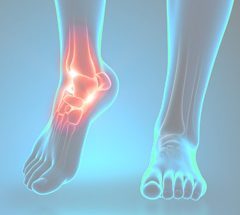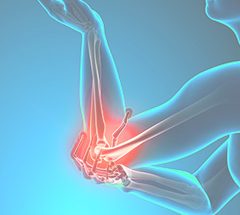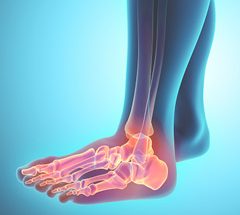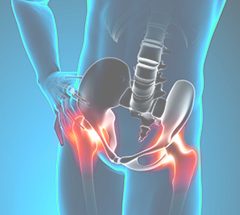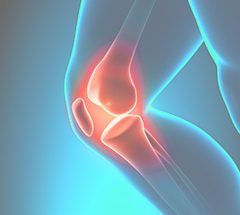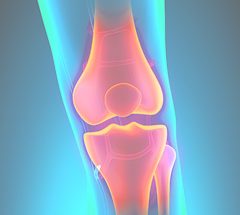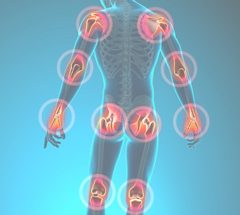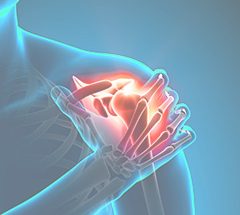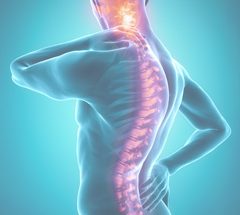Femoroacetabular Impingement (FAI)
Femoroacetabular impingement (FAI) is a subtle abnormality of the shape and anatomy of the hip that can lead to repetitive micro injury to the hip joint. Over time, this repetitive trauma can lead to hip labral tears and is thought to be a major cause of hip arthritis.
Normally, the ball and socket of the hip joint are shaped so that the ball (femoral head) moves very smoothly inside the socket (acetabulum). The socket should be just the right size to hold the ball in place. Femoroacetabular impingement occurs when either the ball or the socket are not shaped just right, leading to abnormal contact between the bones and soft tissues of the hip. In femoroacetabular impingement, the bone of the femoral head butts up against the bone and cartilage rim (labrum) of the hip socket. This is where the term “femoroacetabular impingement” comes from.
Femoroacetabular impingement is caused by one of two different mechanisms:
- Cam type impingement – In this situation the ball of the hip joint is not as round as it should be. Typically, there is extra bone present at the front of the femoral head, which bumps into the socket and labrum when the hip is flexed or bent up.
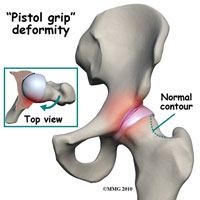
- Pincer type impingement – In this type of impingement the hip socket covers too much of the femoral head. This can be because the socket is too deep or because it is tipped forward more then it should be (acetabular retroversion). Again, the front of the hip socket will come into contact with the femoral head sooner that it should leading to impingement.
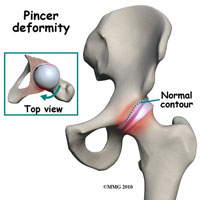
The symptoms of femoroacetabular impingement are similar to the symptoms of people with hip labral tears. Most people feel pain in the groin, which can radiate to the buttock. The pain can be worse with activity but can also be aggravated by prolonged sitting. Twisting movements are also frequently painful. Some people may feel a catching sensation in the hip, as well.
Activity modification and anti-inflammatory medications can sometimes improve the symptoms of femoroacetabular impingement. The only way to truly fix the problem, however, is to restore the normal shape of the hip joint. In many cases, this can be done through minimally invasive arthroscopic surgery. This involves reshaping the bone of the femoral head or hip socket and repairing tears of the labrum through 2 or 3 small incisions. In more complex deformities, surgery through a larger open approach may be necessary.





